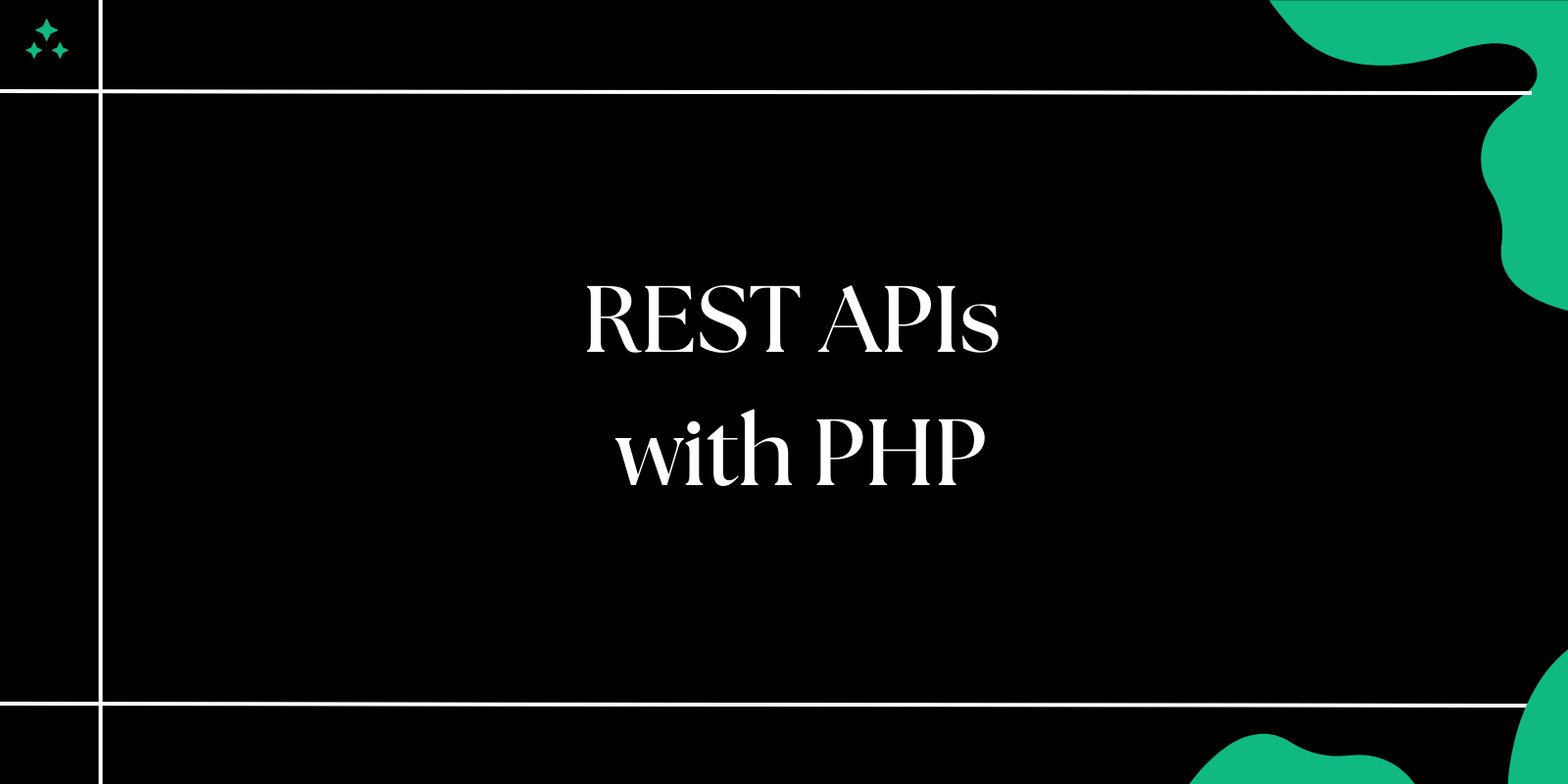REST APIs (Representational State Transfer Application Programming Interfaces) are a way to enable communication between client and server applications using HTTP requests. PHP, a popular language for web development, is also widely used to build REST APIs due to its flexibility and ease of use. In this beginner’s guide, we’ll go over the basics of building a REST API with PHP, including setting up endpoints, handling requests, and returning data responses.
What is a REST API?
A REST API is an architectural style that uses standard HTTP methods like GET, POST, PUT, and DELETE to perform CRUD (Create, Read, Update, Delete) operations on resources. In a RESTful API:
- GET is used to retrieve data.
- POST is used to create new data.
- PUT is used to update existing data.
- DELETE is used to remove data.
By adhering to these methods, REST APIs provide a standardized way for applications to communicate.
Setting Up Your PHP Environment
Before building your API, ensure that your PHP environment is ready:
- PHP Installation: Make sure PHP is installed on your machine. You can check this by running
php -vin your terminal. - Development Server: Use PHP’s built-in server to host your API during development by running
php -S localhost:8000in your project directory.
Building a Simple REST API with PHP
Let's create a basic API for managing a list of books. We’ll cover how to set up routes, handle requests, and return JSON responses.
Step 1: Creating the Project Structure
Create a project folder and organize your files as follows:
project/
├── index.php
├── books.php
The index.php file will handle incoming requests, and books.php will contain the functions to manage book data.
Step 2: Defining Sample Data and Functions (books.php)
In books.php, define a sample array of books and basic functions for CRUD operations:
<?php
// Sample data
$books = [
['id' => 1, 'title' => '1984', 'author' => 'George Orwell'],
['id' => 2, 'title' => 'To Kill a Mockingbird', 'author' => 'Harper Lee'],
];
// Get all books
function getBooks() {
global $books;
return $books;
}
// Get a single book by ID
function getBook($id) {
global $books;
foreach ($books as $book) {
if ($book['id'] == $id) {
return $book;
}
}
return null;
}
// Create a new book
function createBook($data) {
global $books;
$newBook = [
'id' => count($books) + 1,
'title' => $data['title'],
'author' => $data['author']
];
$books[] = $newBook;
return $newBook;
}
// Update an existing book
function updateBook($id, $data) {
global $books;
foreach ($books as &$book) {
if ($book['id'] == $id) {
$book['title'] = $data['title'];
$book['author'] = $data['author'];
return $book;
}
}
return null;
}
// Delete a book
function deleteBook($id) {
global $books;
foreach ($books as $key => $book) {
if ($book['id'] == $id) {
unset($books[$key]);
return true;
}
}
return false;
}
?>
Step 3: Handling Requests in index.php
Now, let’s handle different HTTP request methods in index.php to manage books. We’ll require books.php and set up conditions to check the request type.
<?php
require 'books.php';
// Set headers for JSON response
header("Content-Type: application/json");
header("Access-Control-Allow-Methods: GET, POST, PUT, DELETE");
// Parse the request
$requestMethod = $_SERVER['REQUEST_METHOD'];
$path = explode('/', trim($_SERVER['REQUEST_URI'], '/'));
$resource = $path[0];
$id = $path[1] ?? null;
// Route handling
if ($resource === 'books') {
switch ($requestMethod) {
case 'GET':
if ($id) {
$book = getBook($id);
echo json_encode($book ? $book : ['message' => 'Book not found']);
} else {
echo json_encode(getBooks());
}
break;
case 'POST':
$data = json_decode(file_get_contents("php://input"), true);
$newBook = createBook($data);
echo json_encode($newBook);
break;
case 'PUT':
if ($id) {
$data = json_decode(file_get_contents("php://input"), true);
$updatedBook = updateBook($id, $data);
echo json_encode($updatedBook ? $updatedBook : ['message' => 'Book not found']);
}
break;
case 'DELETE':
if ($id) {
$deleted = deleteBook($id);
echo json_encode(['message' => $deleted ? 'Book deleted' : 'Book not found']);
}
break;
default:
echo json_encode(['message' => 'Method not allowed']);
break;
}
} else {
echo json_encode(['message' => 'Resource not found']);
}
?>
Step 4: Testing the API
Using a tool like Postman or curl, you can test your API by making requests to the following endpoints:
- GET
/books: Retrieve all books. - GET
/books/{id}: Retrieve a single book by ID. - POST
/books: Add a new book by sending JSON data (e.g.,{"title": "New Book", "author": "Author Name"}). - PUT
/books/{id}: Update an existing book by ID with JSON data. - DELETE
/books/{id}: Delete a book by ID.
Example API Request with curl
For example, to create a new book with curl, use:
curl -X POST -H "Content-Type: application/json" -d '{"title": "Brave New World", "author": "Aldous Huxley"}' http://localhost:8000/books
Conclusion
Building a REST API with PHP is a powerful way to manage data for web applications. By setting up routes, handling requests, and structuring responses, you create a flexible and maintainable API that can interact with various clients. Once comfortable with the basics, consider using a framework like Laravel for more advanced features and streamlined development.
Happy coding!



